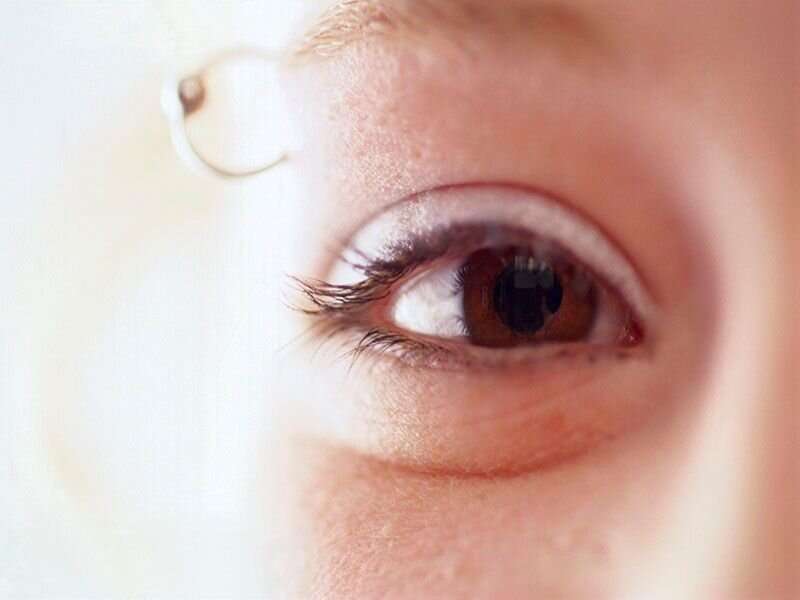Myopia progression may continue in young adults into late 20s

(HealthDay)—Myopia progression may continue for more than one-third of young adults during the third decade of life, according to a study published online Jan. 6 in JAMA Ophthalmology.
Samantha Sze-Yee Lee, Ph.D., from the Lions Eye Institute in Perth, Western Australia, and colleagues assessed the eight-year incidence of myopia and change in ocular biometry in young adults. The analysis included 1,328 participants (age 20 years) attending the baseline assessment and 813 participants attending the eight-year follow-up assessment.
The researchers found that the eight-year myopia and high-myopia incidence rates were 14.0 percent and 0.7 percent, respectively. A myopic shift (of ≥0.50 diopters in at least one eye) occurred in 261 participants (37.8 percent). Significant longitudinal changes were seen in spherical equivalent, axial length, and lens thickness (0.02 mm per year). There were significant associations between incident myopia and self-reported East Asian versus White race (odds ratio [OR], 6.13), female versus male sex (OR, 1.81), smaller conjunctival ultraviolet autofluorescence area (per 10-mm2 decrease, indicating less sun exposure; OR, 9.86), and parental myopia (per parent; OR, 1.57). Female sex and parental myopia were associated with faster rates of myopia progression and axial elongation.
"The protective effects of time outdoors against myopia may continue into young adulthood," the authors write.
One author disclosed financial ties to the pharmaceutical industry.
More information: Abstract/Full Text (subscription or payment may be required)
Copyright © 2021 HealthDay. All rights reserved.


















